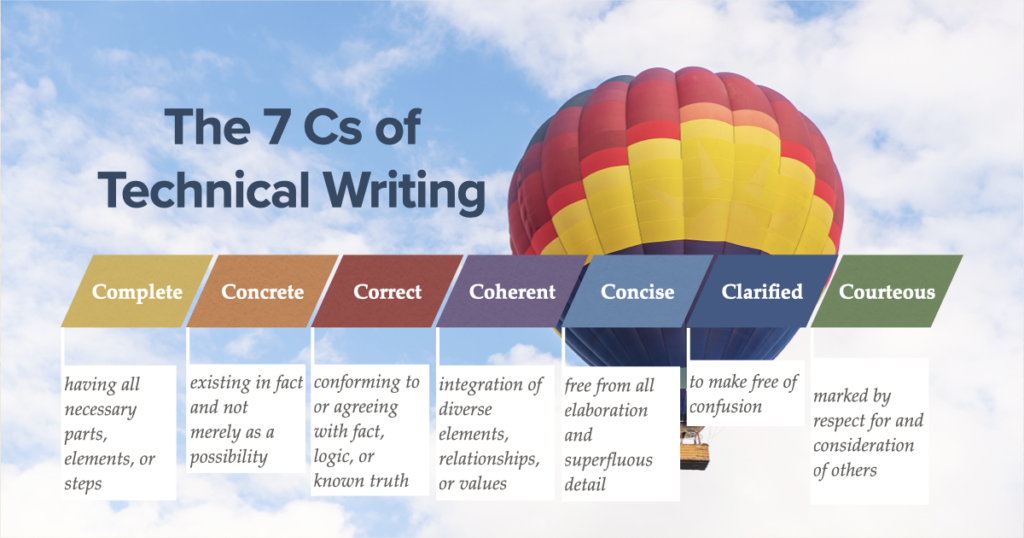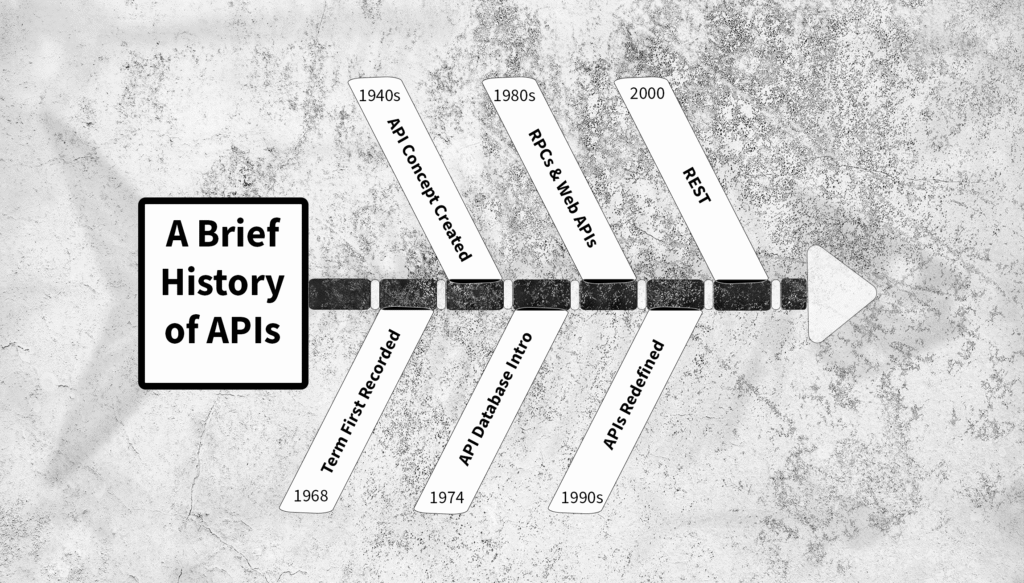Image Disclaimer: This and other images on this blog were created in whole or part using artificial intelligence. One of the goals of this blog is to evaluate the ability of AI models to generate accurate images based on a given prompt. Chatbot models used include OpenAI’s ChatGpt, Google’s Gemini and Microsoft’s Copilot. At best, most images require editing to meet requirements.
The 7 Cs of technical writing are fundamental principles widely used in technical communication. Googling ‘the 7 Cs’ will return a range of text-based and video content describing them. But where do they originate, and when were they introduced?
History
The 7 Cs were first introduced in Effective Public Relations by Scott M. Cutlip and Allen H. Center. Scott Munson Cutlip was a professor and pioneer in public relations education, while Allen Harry Center was a sociologist and former Motorola Vice President.
Published by Prentice-Hall in 1952, the book presents “a comprehensive summary of public relations concepts, theory, principles, history, management, and practices,” according to Google Books. It has earned the nickname bible of public relations.
The original list in the book comprised:
- Completeness
- Conciseness
- Consideration
- Concreteness
- Courtesy
- Clearness
- Correctness
The book’s 11th edition, which was published in 2013 by Pearson Publishing.
The 7 Cs
Let’s examine each principle, now expressed as adjectives, with their Merriam-Webster definitions.
Clear
: free from obscurity or ambiguity
Clear information employs active verbs, concrete nouns, and descriptive adjectives. It uses punctuation, capitalization, and formatting to improve readability and clarity, eliminating confusion and misinterpretation.
Coherent
: logically or aesthetically ordered or integrated
Coherence creates unity in ideas and writing structure. It connects sentences, paragraphs, and content into a cohesive whole through consistent structure, point of view, and transitional phrases.
Concise
: free from all elaboration and superfluous detail
Conciseness means eliminating unnecessary words. Use active voice, minimize adverbs, remove redundant pairs, delete unnecessary qualifiers, and replace phrases with single words.
Concrete
: characterized by or belonging to immediate experience of actual things or events
In technical writing, concrete information draws from real-world examples. It favors precise language over generalizations. Concrete and clear writing are closely related.
Correct
: conforming to or agreeing with fact, logic, or known truth
Writing can meet all other standards yet still be incorrect. In technical writing, correctness must be grounded in reliable sources like code or technical specifications. It encompasses grammar, spelling, punctuation, and factual accuracy.
Complete
: having all necessary parts, elements, or steps
Complete documentation includes all essential technical information. The required level of completeness should be defined at the project’s start to ensure all necessary information is covered.
Courteous
: marked by respect for and consideration of others
Courteous writing respects the reader by avoiding condescending or patronizing language. It’s polite, considers the audience’s reading level, and explains technical terms when needed.
A Word About Graphics
The 7 Cs of technical writing extend to visual elements. Graphics should enhance understanding and integrate seamlessly with the text. Consider adding graphics after completing the first draft or once the final format is clear. They can add detail, provide overviews, reinterpret concepts, or replace text entirely.
Conclusion
The 7 Cs of technical writing is a set of communication principles originally introduced in the 1952 book “Effective Public Relations” by Scott M. Cutlip and Allen H. Center. These principles provide a comprehensive framework for effective writing in technical and professional contexts. These principles also apply to visual elements like graphics, ensuring that communication remains informative, precise, and reader-friendly.
About the author
Renise is the owner and manager of Visually Written, a technical writing and communication company. She offers a range of technical writing services including API documentation and other technical documents.


